
THURSDAY, FEB 2, 2023: NOTE TO FILE

Module 4-1
Introduction
Contents
The Section of Appropriate Technology module of the Ecological Design Dimension mainly focuses on technologies for the generation and use of energy. There is great interest in the sustainable design of carbon neutral energy systems because of climate change. We need a fundamental re-design of our energy systems at local, regional and global scale [actually a fundamental transistion to a low-energy form of civilization]. The urgency of responding to climate change dictates a shift away from fossil fuel use and towards renewable energy sources. This is why we examine these energy technologies as part of a resilience strategy for sustainable communities and ecovillages [the urgency of rapid managed depopulation and contraction of the economy will remain ignored until those in denial are gone and likely those who aren't too, as will the will our energy-blind condition that prevent modern humans from adapting to a low-energy (for humans) geobiosphere that will come anyway].
The Contents of this Module starts off by providing the broader Context of energy supply by highlighting the recent positive trend of investments in renewable energies, but this is juxtaposed against a backdrop wherein the world economy is still driven by fossil fuels, and hence the extreme urgency to facilitate much more renewable energies which are aligned with the SDGs and that mitigate climate change. This follows with a section on “The Rationale for a Paradigm Shift in Energy Thinking” in order to provide a wide lens of overarching energy issues to contemplate for the design of appropriate energy solutions. In turn, this provides the backdrop for exploring a “Whole Systems Thinking Approach for Energy Supply” from a policy / strategic level through to a bioregional, local and on-site level. Thereafter, a wide spectrum of “Energy Generating Technologies” are outlined before highlighting the potential of “Energy Efficient Technologies”, and some “Sustainable Energy Alternatives”. “Sustainable Transport Options” are then briefly explored before the final “Conclusion”.
Context
The many phases of the Industrial Revolution has until this last decade always been powered by abundant and relatively cheap fossil fuels, namely, coal and oil. National energy systems are optimised [auto-organized] to extract efficiencies of scale by locating power stations as close as possible to coal mines in order to minimize transport and resource handling logistics. This has created a centralised energy system with concentrated pockets of energy generation, which have been linked with major high voltage electricity supply lines to strategic nodes, which in turn, reduce the voltage to supply sub-nodes, from where electricity is distributed via local networks to end users. In time, as coal reserves were depleted, major hydro-electric and nuclear generation was necessary to sustain electricity supply into this centralised energy grid. More recently, natural gas and gas from hydraulic fracking have augmented this energy generation, together with the necessary pipeline networks.
The development of most coal fired power stations, nuclear power plants and the centralised energy supply grid, have mostly been major public sector funded capital development projects, many of which have been fraught with delays, cost over-runs, graft and corruption, not to mention environmental degradation and deterioration of air quality. Furthermore, these centralised energy systems, although initially driven by grand economies of scale, have in hindsight, become prone to systemic risk as they start reaching the end of their economic lifetime and cannot simply be replaced with modern technology updates without incurring yet another major capital expansion plan. Moreover, these centralised energy systems are also vulnerable to Black Swan type disaster events, such as, the nuclear disasters at Chernobyl, Fukushima, Long Island, and many others which are covered up, just like the disposal of nuclear waste material. Then there is also the threat of terrorism attacks against these so-called “national strategic points”.
The oil crisis in the early 70s did stimulate the advance of renewable energy systems, but this faded somewhat as new oil reserves were discovered. It’s only in the last decade that renewable energy has become mainstream [subsidized] in response to mitigate greenhouse gas emissions, and, with economies of scale, the price of renewable energy has significantly reduced to become very competitive, and in some recent public energy tenders, has crossed the threshold to be cheaper than fossil fuels (source). In tandem, investors and finance institutions have become more ethical as they align their policies and strategies with the SDGs which simply do not favour funding for fossil fuel type projects, thus seeing a significant growth in renewable energy projects (source).
[From the otherside of the political spectrum: The United Nations’ Agenda 2030 and the Sustainable Development Goals Fall Flat]

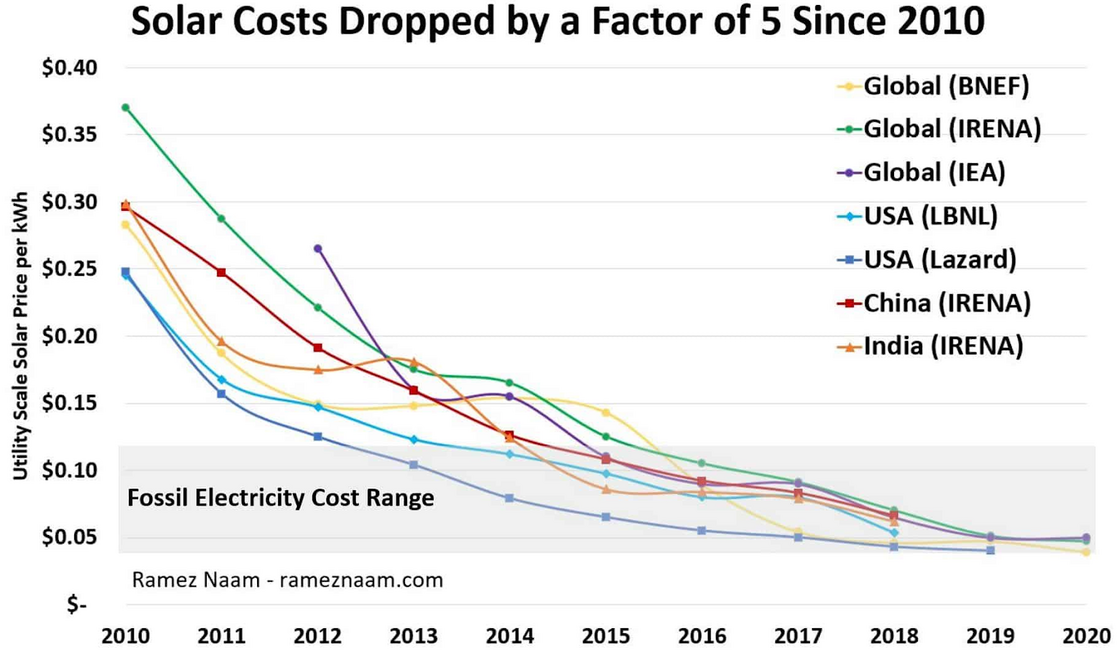
https://rameznaam.com/2020/05/14/solars-future-is-insanely-cheap-2020/
You can check energy consumption by source here: https://ourworldindata.org/energy-mix
And the projected here: https://www.visualcapitalist.com/the-worlds-projected-energy-mix-2018-2040/
Many countries have facilitated this rapid growth of renewable energy systems to their national grids. However, whilst this growth trend in renewable energy is very positive, the global energy mix is still very much dependent on fossil fuels (source) for at least the next 20 years and more. Unfortunately, the GHG emissions resulting from this prolonged reliance on fossil fuels, will negatively impact efforts towards climate change mitigation. For this reason, there has never been a greater sense of urgency to transition to a carbon neutral society than now, failing which, humanity will face ecocide through runaway climate change.
Given this sense of urgency, one should not be tempted to accept grandiose carbon sequestration schemes that require massive investments in large scale untested technologies as a quick fix solution. Instead, the Precautionary Principle should be applied, which is a strategy to cope with possible risks where scientific understanding is yet incomplete and where the potential impact is not fully justifiable. However, besides the sheer technical transition, society in general has to make a paradigm shift in values and consumption patterns in order to transition towards a carbon neutral society. This Module explores the technical frontiers towards this transition, but also touches upon some fundamental shifts that humanity ought to make.

[And for alternative graphics:]
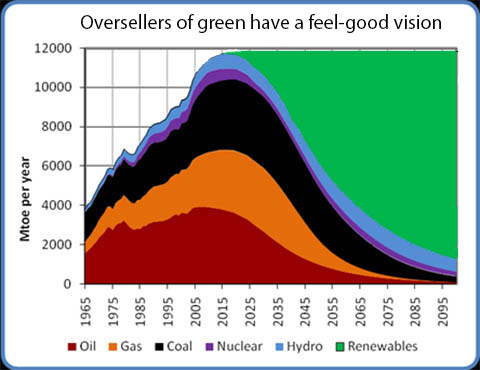
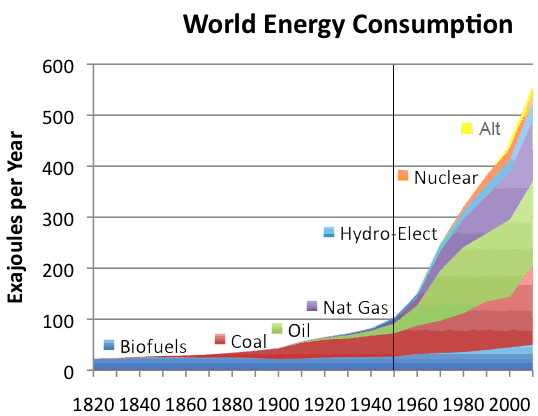
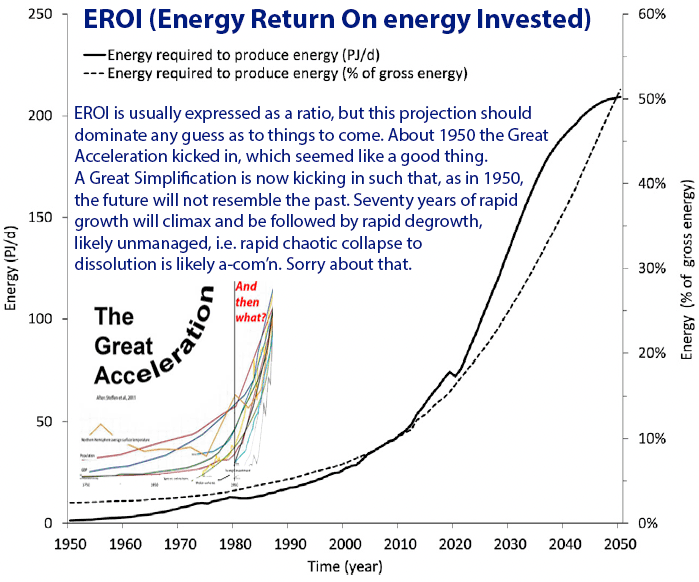
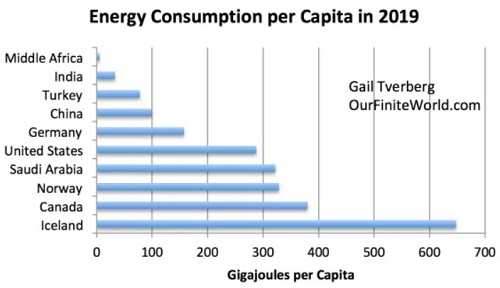
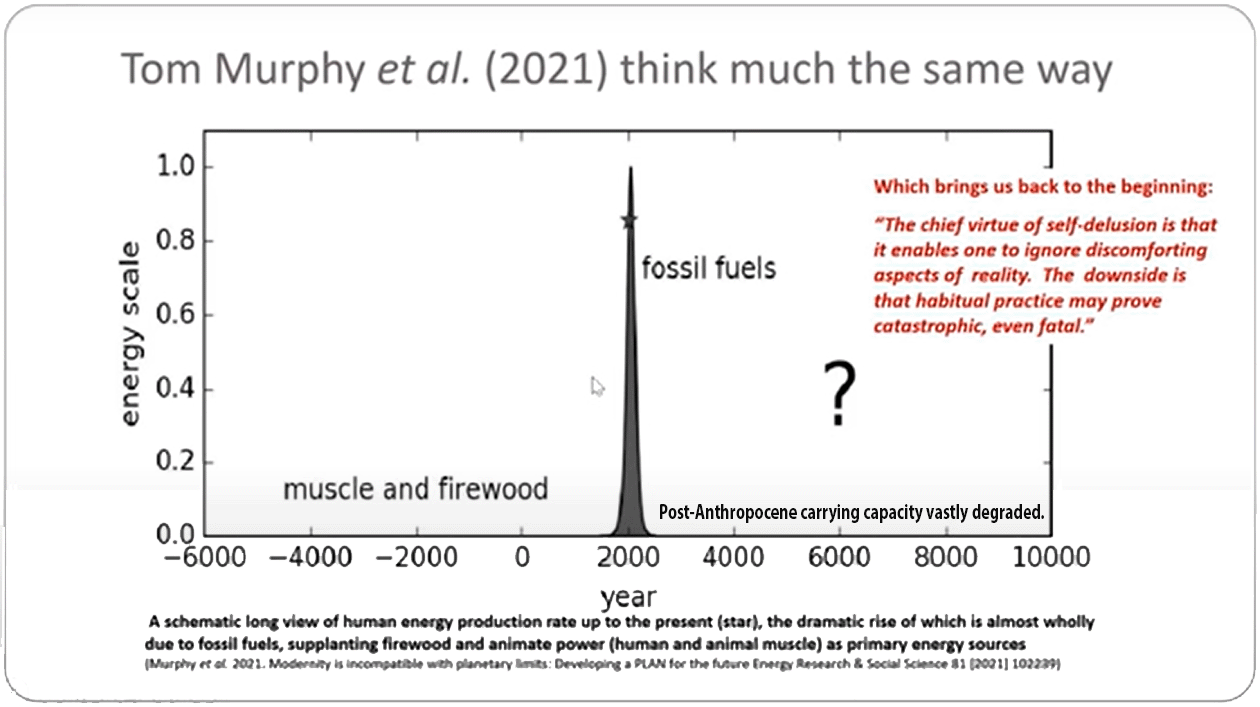
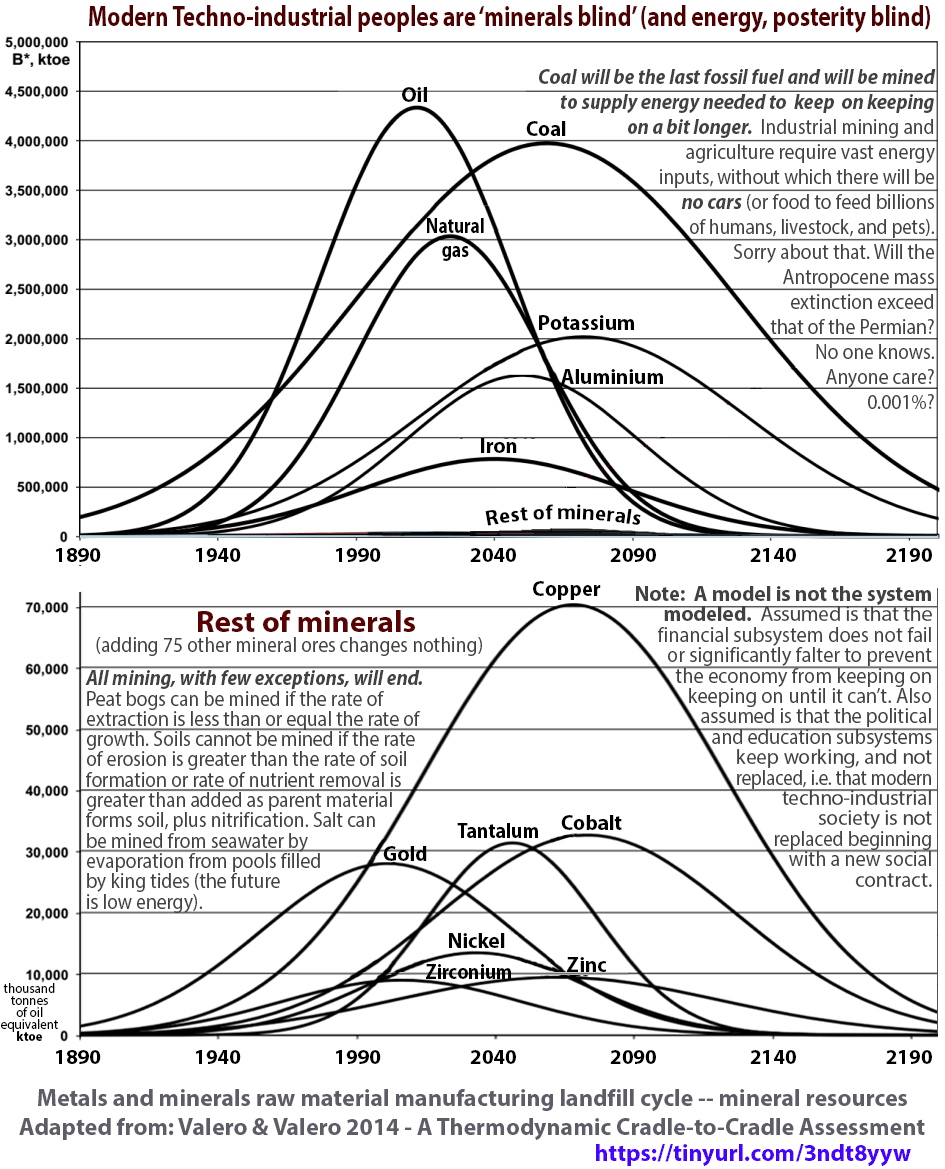
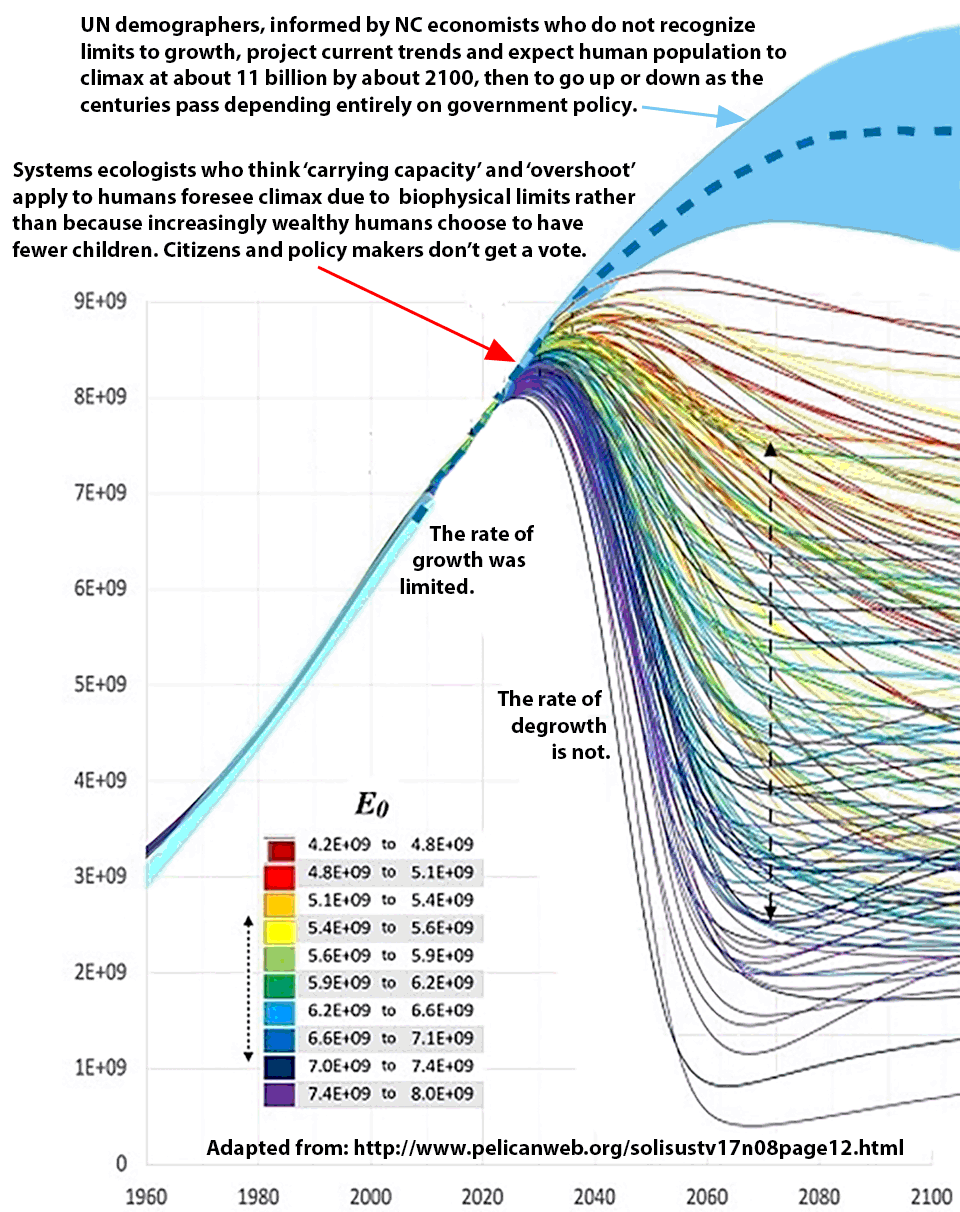
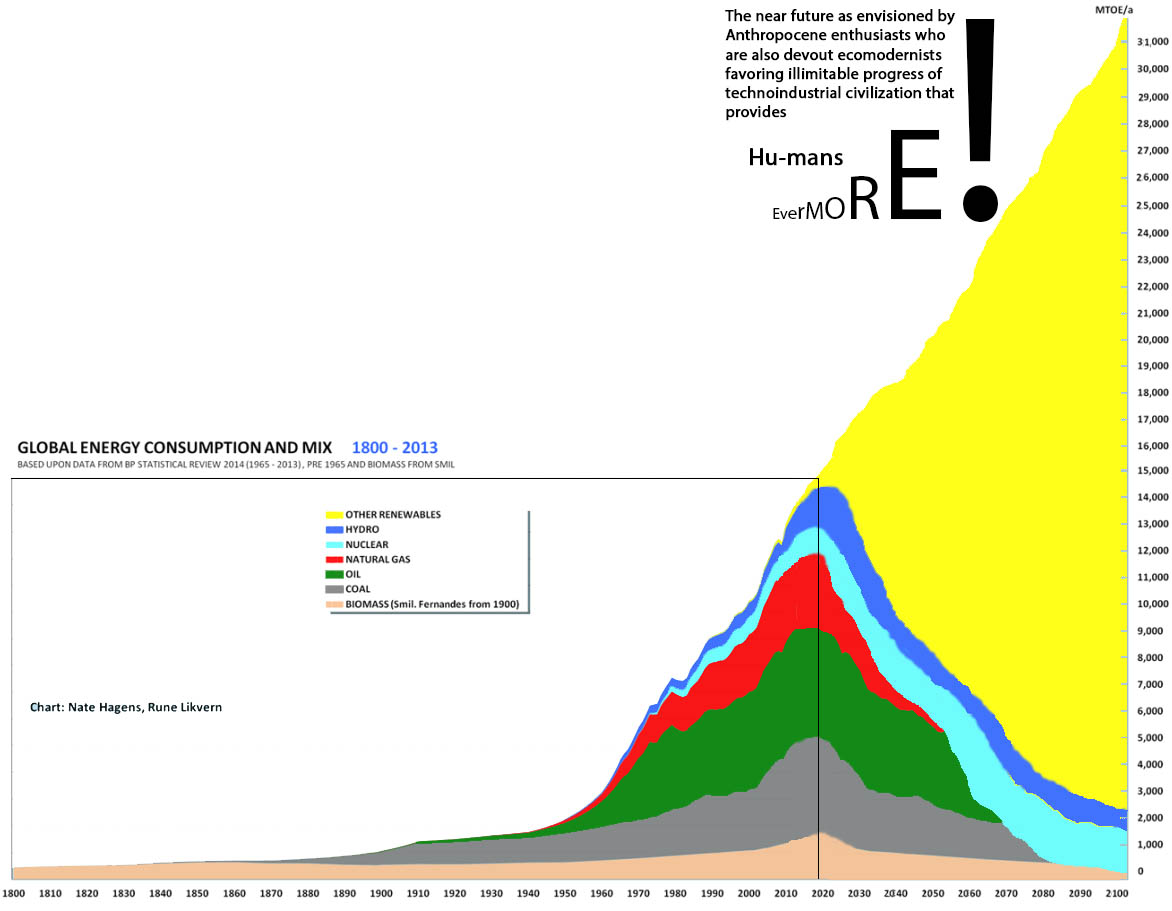
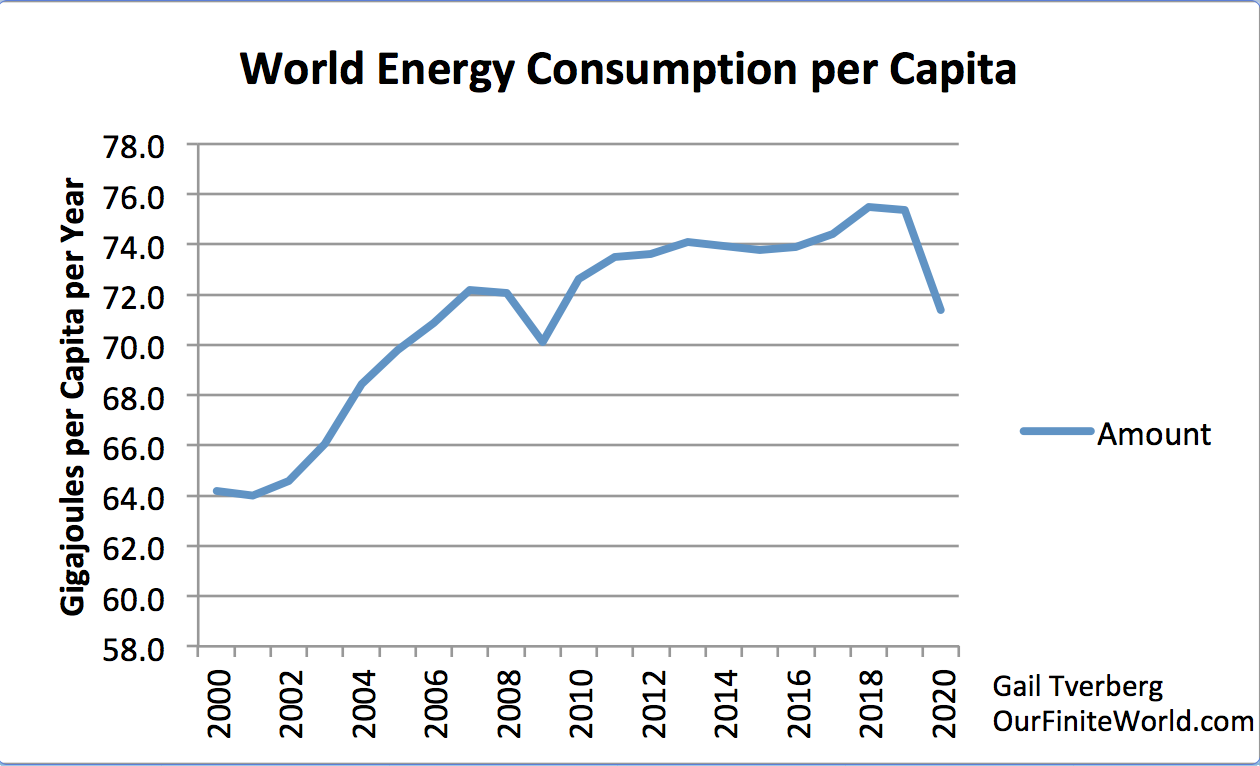
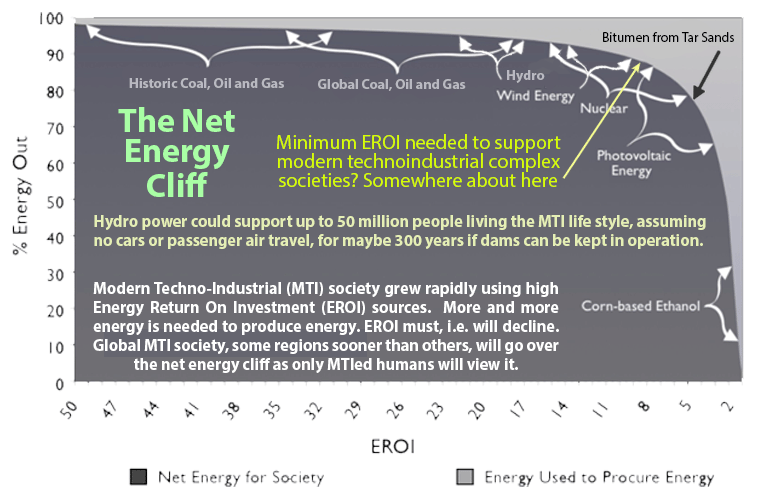
Module 4, lesson 2
